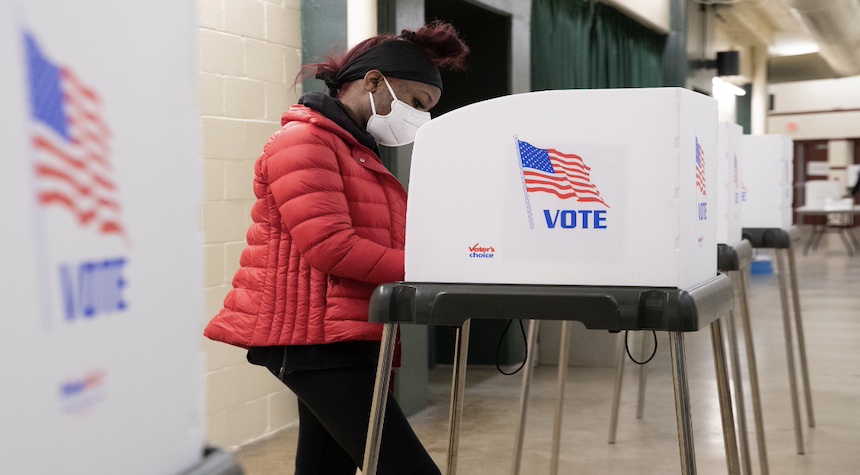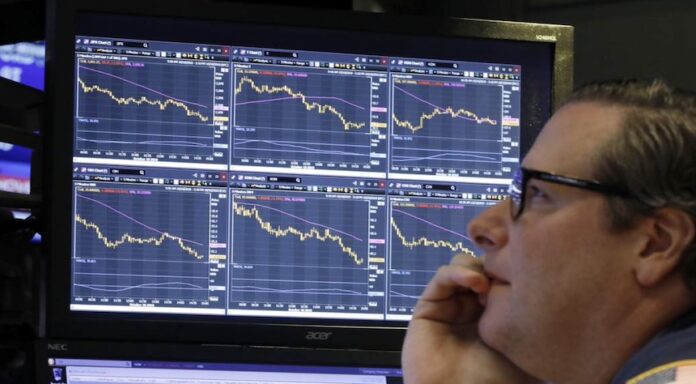Recent failures of polling, once a trusted tool to understand public sentiment and predict outcomes, have been criticized. I think the problem with polling is that it tries to reduce human behavior to neat mathematical equations. Pollsters are missing the dynamic and nuanced factors that shape public opinion by treating people as data points. This reminds me a bit of the constant debate between conservatives and liberals in Washington over tax cuts.
Since Ronald Reagan arrived in Washington, DC, in 1980 and promised to reduce tax rates for all, the discussion has focused on the “cost” associated with tax cuts. The question is often asked: How are we going to pay for these tax cuts? It’s as if individual taxpayers were somehow required to come up with the money needed to pay for the money that they get to keep. It’s absurd that Washington allows us to keep a portion of our money, even though all the money belongs to Washington. People are indeed better off keeping more of their money and spending it as they please, rather than giving it to politicians to spend, invest, or squander on our behalf.
The traditional polling methods, such as the static scoring for tax cuts, tend to simplify human behavior. Let’s be honest, human behavior is complex. Numerous factors influence our decisions, including new information, personal experience, social dynamics, and cultural background, as well as economic conditions. Especially economic conditions. Neglecting these influences can lead to inaccurate scores and incorrect predictions. You can’t predict the weather based on the temperature alone. We must consider the whole forecast.

If people can keep more money, their decisions on what to do with it are harder to predict or “score”. We know that most people either save, invest, or spend the money. Depending on which activity wins, the “cost” and the score can change. Tax cuts that are invested in productive businesses, excluding anything happening in Washington D.C. will lead to more economic growth. Saving tax cuts allows individuals to borrow and lend more money, which will allow more productive businesses access to capital. This also spurs economic growth. We get economic multipliers and additional growth if they spend the money.
You would get a thousand different answers if you asked people what they would do with more money. All of the answers would fall into three categories: spend, save, or invest. Once individuals have money, they will be faced with a variety of choices and opportunities that will determine which of these three activities they choose. Self-reporting is also flawed in polling.

People may give answers that are “socially acceptable”, rather than their true opinions when asked about politics. You can’t ask someone what they think about kale when you know they would rather eat a juicy hamburger. Not everyone is equally interested or engaged in the issue at hand. To rely solely on the self-reported answers of people can lead to inaccuracies. Like all markets, the voters are a market that relies heavily on information and data to function effectively. Market participants make better decisions when they have more information.
The more inaccurate the information gathered by polling companies is when they focus on specific questions or issues without considering the larger economic and political context. You can’t understand a painting if you zoom in on one brushstroke. It’s important to take a step back and look at the big picture. The factors that influence people’s opinions and attitudes are many. They include, for example, the availability of more information and data, historical and current events, economic conditions that may change, and cultural shifts. Ignoring the broader context can lead to distorted interpretations and predictions. You can expect that people will save more money and spend less after a crash in the stock market if they are allowed to keep their money.
Let’s also not forget that human behavior is unpredictable. We are a spontaneous lot. Emotions and unconscious biases can ruin any carefully crafted prediction. You can’t predict who will have a breakdown or make an unexpected decision. Even if reality shows show that something is going well, it will continue to go well. Some shows that are not competing will perform very well but then fall flat when a new program is introduced.

We can’t predict what people will do or think, particularly in our constantly changing social, cultural, and economic environment.
How can we improve polling accuracy? I think we should embrace a behavioral science approach. It means going beyond the numbers to embrace individuality, emotion, and context influences that influence public opinion. It’s probably time to ditch the calculator and sit on a psychologist’s couch. We can better understand people’s motivations and beliefs by incorporating qualitative methods like focus groups and in-depth interviews. Why not harness the power of social media and big data? These tools are available in real-time and can provide insights into the public’s sentiment.
A behavioral science approach that takes into account the complexity of human behavior can make polling a more accurate tool. It’s time for us to abandon the “one-size-fits-all” mentality and embrace our beautiful messiness. Let’s rethink polling to better understand public sentiment. The numbers don’t always tell the full story. But our actions almost always do.


